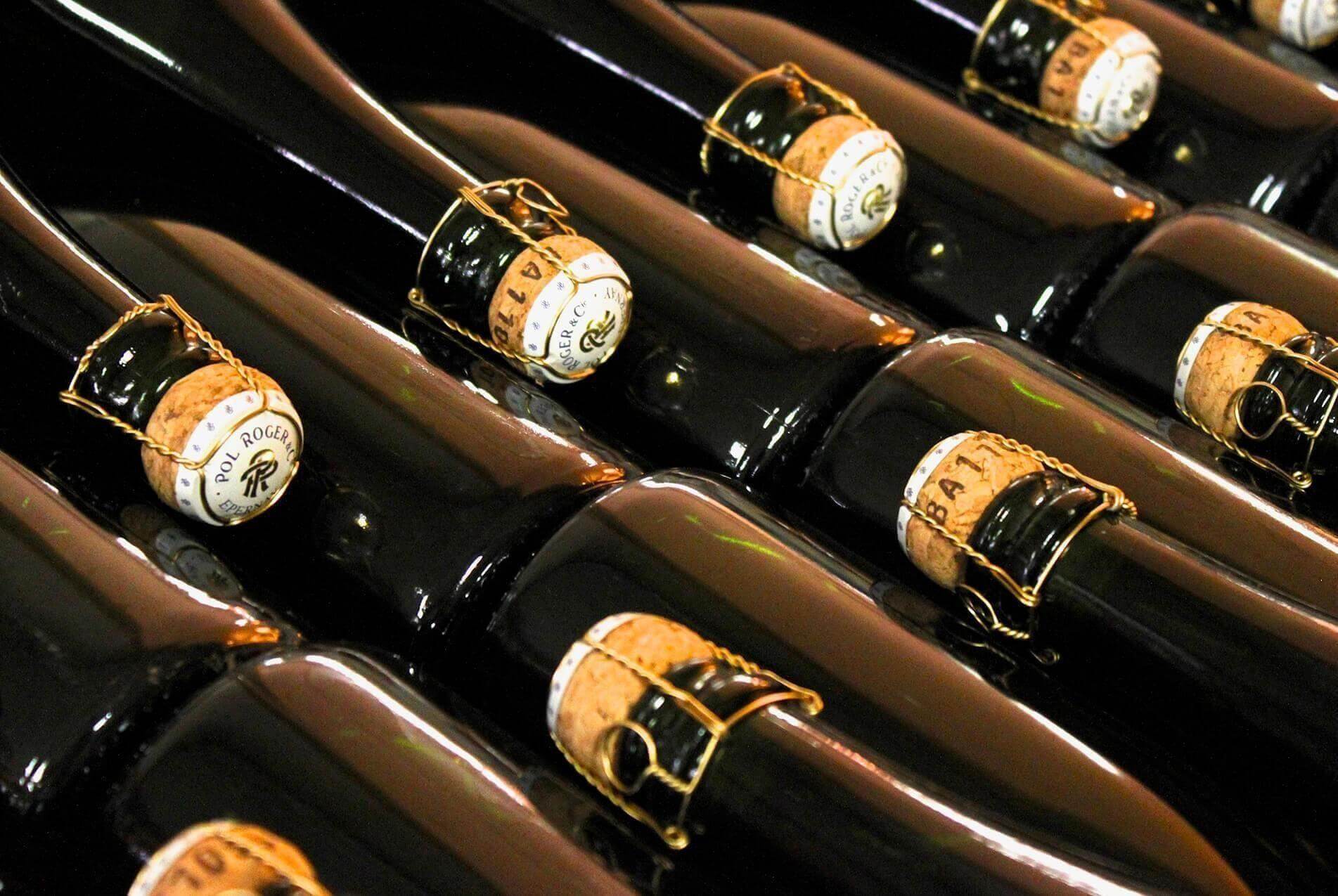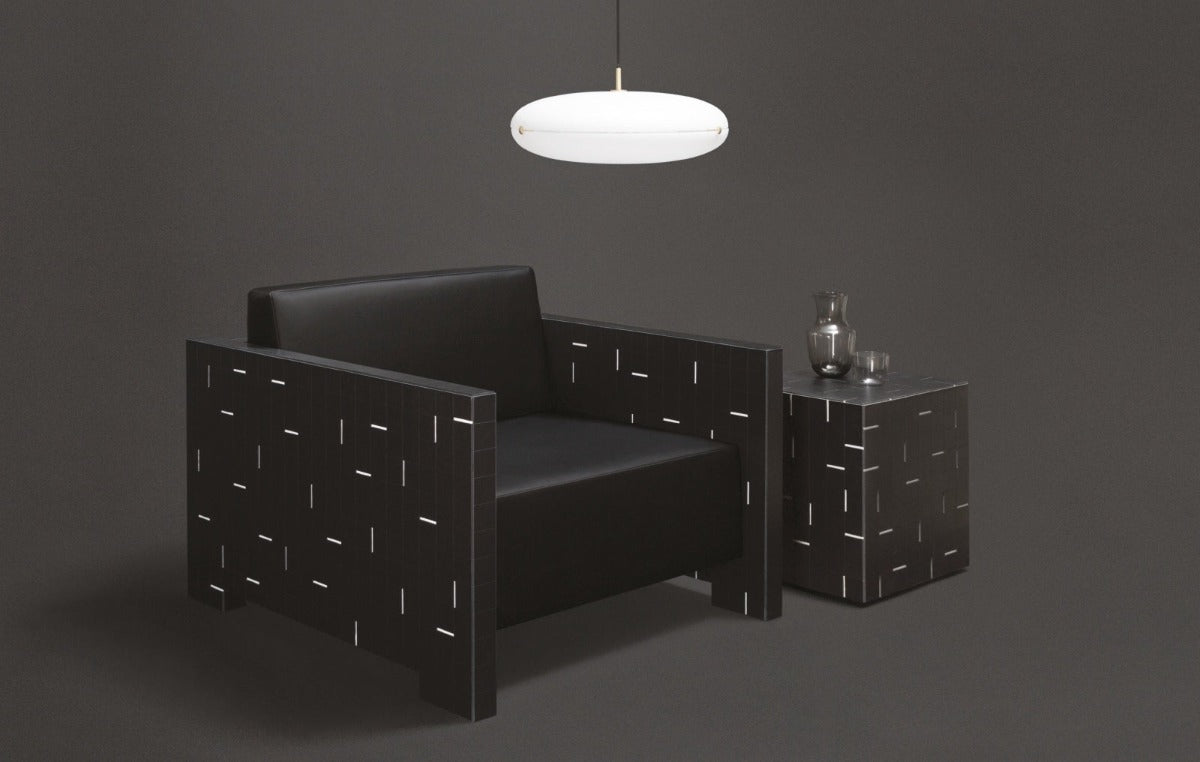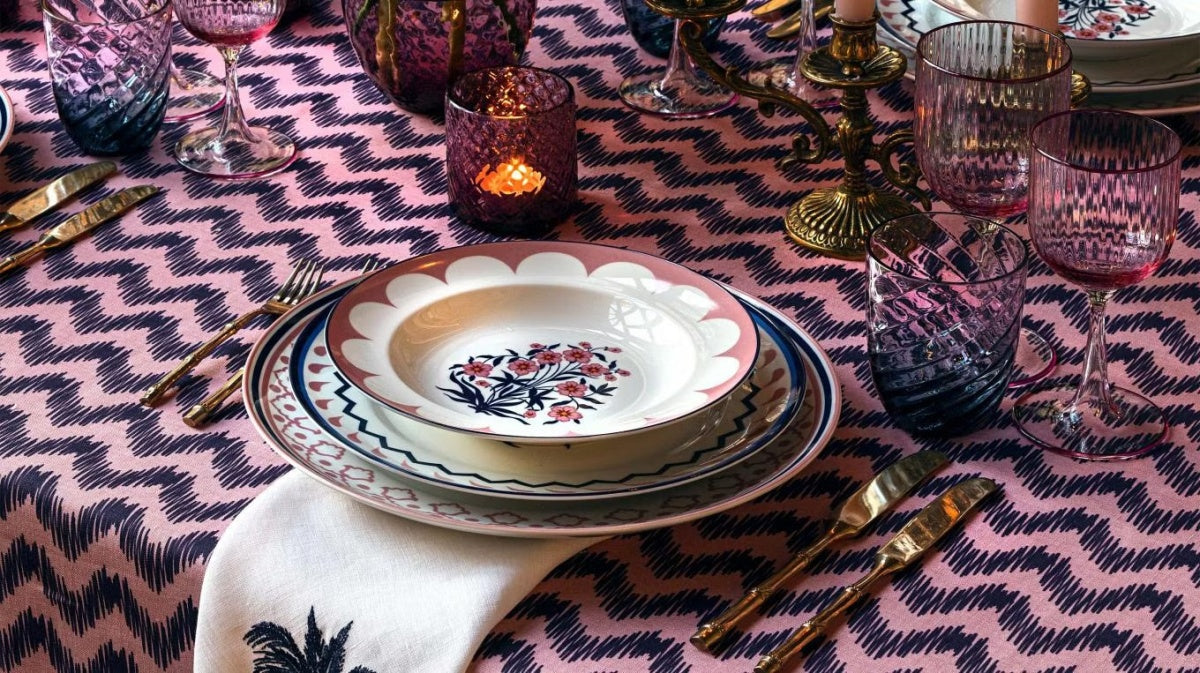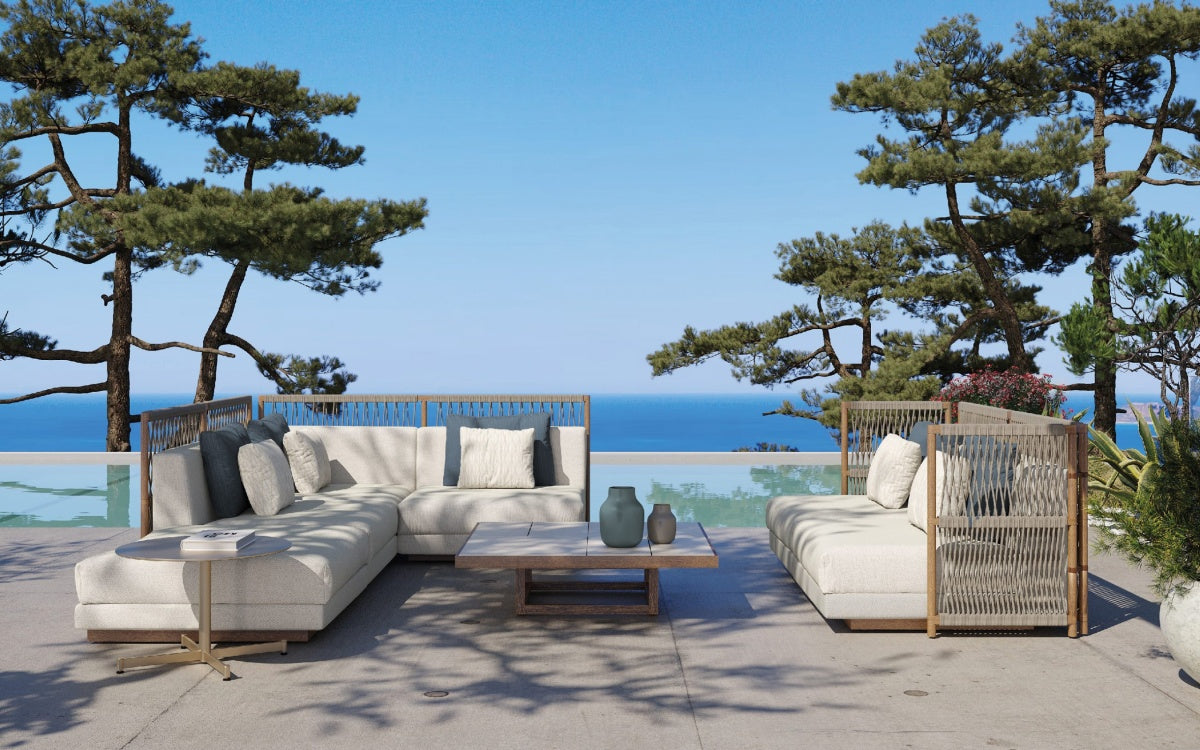
CHAMPAGNE - AN EXCEPTIONAL DRINK FOR EXCEPTIONAL MOMENTS
Rich and long history
Literary sources state that the first traces of champagne were left in the 1st century AD. However, direct evidence of wines from the Champagne region is only found in the 5th century, and the popularity of sparkling wines only began to emerge in the 17th century. Rumor has it that this variant was discovered essentially by accident. It all started when wine growers tried to match the wines of Burgundy. However, they failed due to cold winters that stopped the fermentation process, so the wine lay dormant in cold cellars. However, in the spring, the dormant yeasts woke up again and fermentation began again. The inevitable result was that the sugar contained in the wine began to turn into alcohol and carbon dioxide. The released oxide accumulated in the bottles and it was not uncommon for weak bottles to explode at first. Those that survived the critical phase contained a previously unheard-of sparkling wine.
Rumor has it that the inventor of champagne was none other than the cellar master of Hautvillers Abbey, Dom Pierre Pérignon. He considered sparkling wine to be cheap and tried to avoid the undesirable effervescence. However, when he tasted the sparkling liquid for the first time, he exclaimed: “Come here, come here! I am drinking the stars!” The sparkling version of champagne was then introduced in 1715 by the Duke of Orleans. At the end of the 19th century, Champagne wine flooded Paris. Rumors of its incomparable and exceptional taste soon spread throughout France, and through the Napoleonic Wars, champagne reached the whole of Europe.

What you may not have known
True champagne is produced exclusively in the Champagne-Ardenne region in northeastern France. Only local wines can boast the prestigious Champagne appellation, which was formally declared a protected trademark in 1908.
The specific production process, based on the secondary fermentation of wine, is subject to strict regulations.
The rules for choosing the grape variety are also uncompromising. According to current legislation, champagne may only be produced from Pinot Noir, Pinot Meunier and Chardonnay.
Perfect enjoyment
The obvious exclusivity of this drink is reflected in its refined taste, but also in its price, and it deserves to be served appropriately. How you enjoy champagne, or what type of glass you prefer, depends purely on your personal preferences. This delicious drink is above all an unforgettable experience, a pleasure and an opportunity to relax.
Forget your prejudices and come choose a glass that will decorate your festive moments at your table. One that you will hold well, like, and from which your champagne will taste best.
Which glass do we drink champagne in?
All champagne lovers have asked themselves this question at least once: what is the best glass for drinking champagne? The answer to this question deserves your attention, because it is about making the most of the aroma and flavors of your champagne throughout the entire drinking process. The taste of champagne does not depend only on its quality, brand or price. Although it may surprise you, the glass from which you drink the wine has a significant impact on the taste experience and the development of its aroma. Their shape, size, height and thickness of the glass. Here we will introduce the different types of glasses that exist. From the most familiar to the most appreciated, we invite you to drink in 7 different ways.
BLIDA AND POMPONNE
These two glasses are the least known to the general public. The Blida is the typical glass of the Champagne grape growers. These glasses were originally designed for drinking tea. Made in Reims for customers in the Algerian town of Blida, these glasses were quickly adopted by winemakers. They were convinced by their easy maintenance, size and also their unbreakability. For the same reasons, the Blida began to be used for festive occasions, such as weddings, christenings or communions. Today, the Blida is mainly used by the inhabitants of the Champagne region. Whether painted or clear, they are easy to pack in a bag for the park or the beach.

Local winemakers drink champagne from typical blids. Photo: Champagne Bernard Depoivre
The pomponne glass is actually a flute, with one peculiarity: it has no stem. It looks a bit like a bell. However, the inspiration was the shape of the Gallic horn, which used to be used as a glass. However, the shape of this glass has one major drawback – you have to drink all the drink before you can put the pomponne down. Today, the pomponne is more of a decorative item.

Unusual pompomme glasses from MUMM
ORIGINAL BOWL
If you are a lover of extravagance, originality and are not afraid to stand out from the crowd, we recommend trying porcelain bowls . These champagne bowls are an absolute sensation and are becoming increasingly popular. Drinking from these bowls is a pleasure for all the senses. Their revolutionary design captivates at first sight, their shape fits perfectly in the hand and brings out the best in the taste. In combination with the individual properties of the wine, they transform the already festive sipping of champagne into an extraordinary wow effect that you will remember for a long time.

Sieger by Furstenberg - Sip of Gold Champagne Goblet
COUPÉ OR FLUTE
Another type of champagne glass is the coupé , or cup. These wide glasses were created in England specifically for serving champagne in the 17th century. The wide glass allows the wine to express itself better, allowing you to sip and enjoy its delicate flavor.
However, champagne connoisseurs unanimously condemn the coupé . Its wide shape has a major disadvantage: the bubbles and aromas escape quickly. Champagne quickly becomes “tired”. It is therefore necessary to drink the champagne quickly if you want to preserve its aroma. Today, this glass is used more for mixed drinks and cocktails.
Flutes are ideal if you like to enjoy the typical freshness of champagne. The bubbles penetrate the layer of the drink in a tall glass, so it stays fresh and "sparkly" for a long time. Some quality products also have a special bottom treatment that promotes the sparkling. So know that the bumps on the bottom of your glasses are not a manufacturing defect, but have a justified meaning. Its long stem also protects the champagne from your hands and keeps it cool, it is pleasant to hold and the risk of spilling is really minimal. We fill the flutes halfway or 2/3 full, so that there is room above the champagne for the aroma to develop.
Although most people associate flutes with champagne, they are not a favorite among sommeliers. But let's not lose them completely. You can use flutes with sparkling wines such as prosecco, cava, or crémant.
 Champagne is primarily a wine, and that's how we treat it.
Champagne is primarily a wine, and that's how we treat it.
"It's not Champagne, it's Champagne wine."
To enjoy champagne properly, you don't have to use just a champagne glass. In fact, sometimes serving "bubbles" in a regular wine glass is much more desirable than in a narrow flute. Especially with "big" champagnes, the aroma is one of the most important aspects of the drink. You won't smell it with a narrow flute because your nose simply won't reach the glass. In addition, the narrow neck prevents the necessary oxygen from reaching the glass, which releases the aroma.
This wine needs to breathe. So let it breathe and reveal all the layers of its flavor to us.
Champagne specialists almost unanimously recommend wine glasses , especially those called tulips. Their name comes from their flower-like shape. With their narrow shape, they are similar to flutes, but unlike them, their middle part is widened and tapers conically towards the edge. Thanks to this, all the aromas of the bouquet can fully develop, the bubbles slowly wander through the glass and the taste and aroma do not escape. We fill the glass only to the first quarter, so the bubbles will be perfect and your senses can enjoy the perfect symphony of aromas and flavors until the very bottom.

Moët Ice Impérial, the first ever champagne created to be drunk on ice
Especially for great vintages that need to express themselves fully, we use wide wine glasses. In recent years, thanks to innovations in blends and tasting methods, a glass has developed in which we taste atypical champagnes. This is the case of very sweet champagnes created specifically to be tasted with ice cubes, such as Moët Ice Imperial. In this case, we choose a very wide wine glass.
Important rules at the end
We do not wash the glasses with detergent. We only rinse them with warm water.
We do not wipe the glasses, we let them dry naturally.
We do not pre-chill the glasses.
We don't clink glasses, a sophisticated raising in the direction of the toast is enough.

Sofia Loren pours champagne. Photo: archive.







